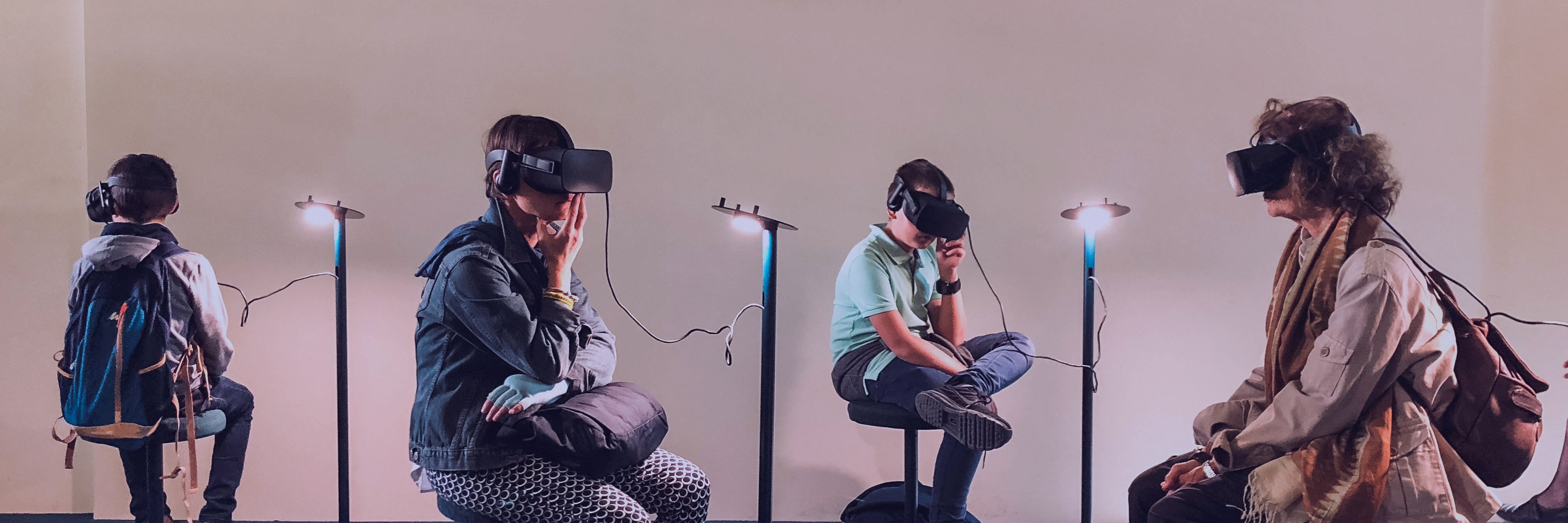
Virtual reality through the customer journey: Framework and propositions
While virtual reality’s importance is increasingly recognized in marketing, its role in the customer journey remains nebulous. Read more in Hollebeek, Clark, Andreassen, Sigurdsson and Smiths new paper.
Linda D. Hollebeek, Moira K. Clark, Tor W. Andreassen, Valdimar Sigurdsson, and Dale Smith
Abstract
While virtual reality’s importance is increasingly recognized in marketing, its role in the customer journey remains nebulous. We define virtual reality through the customer journey (VRCJ) as firms’ use of computer- mediated interactive environments capable of offering sensory feedback to engage consumers, strengthen consumer/brand relationships, and drive desired consumer behaviors at any stage of their journey. To better understand VRCJ, we classify VR archetypes, formats, and content features, followed by the development of a conceptual framework and an associated set of propositions of VRCJ. We conclude by discussing important theoretical and practical implications that arise from our analyses.
Introduction
Leading companies, including Coca-Cola, McDonald’s, IKEA, and many others are increasingly adopting virtual reality (VR) to further consumer relationships. With VR being heralded as the fastest-growing form of video traffic, it offers significant opportunity to marketers (Goh and Ping, 2014), as substantiated by Goldman Sachs’ forecast $80b of VR-related revenue by 2025 (Ericsson, 2017). Correspondingly, Statista data indicates that 70% of consumers aged 19–49 are very or quite interested in VR (Weinswig, 2016).
Craig et al. (2009, p. 11) define VR as “media comprising interactive 3D computer simulations that sense the participant’s position and actions, provide synthetic feedback to one or more senses, [and yield] feeling immersed in the simulation.” While gaming represents VR’s major application to-date (e.g. Batman: Arkham VR), other growing uses include virtual travel (e.g. Qantas Virtual Destinations), shopping (e.g. Alibaba’s Buy+) and events (e.g. virtual sports matches, such as Jaguar’s VR-based Wimbledon sponsorship), thus reflecting its broad applicability (Barnes, 2016; Gibson and O’Rawe, 2018). VR therefore offers a valuable marketing tool, with its applications ranging from VR-based focal offerings (e.g. Disney’s Movies VR), promotional tools (e.g. Coca-Cola’s Virtual Locker Room, 2014 FIFA World Cup), to emerging distribution channels (e.g. Wayfair IdeaSpace), or VR’s ability to com- mand premium prices (Kowatsch and Maass, 2010).
If you want to obtain a copy of the paper, please contact:
